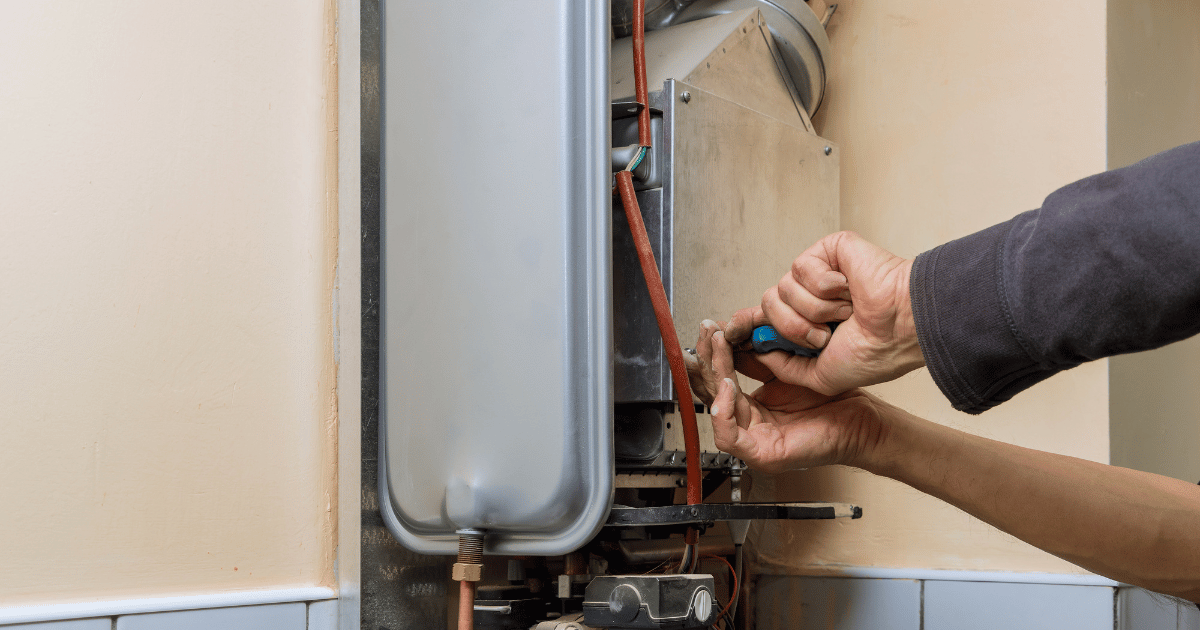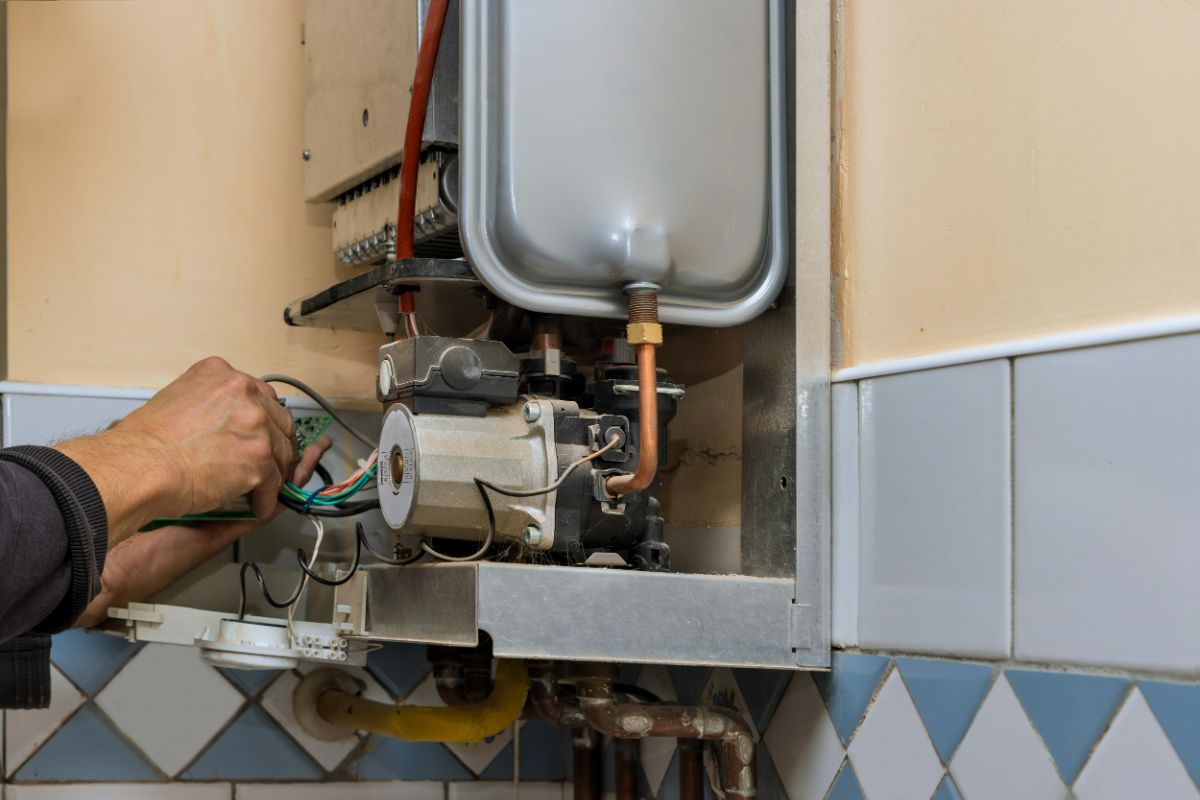Expert Tips on Maintaining Your Home's Hot Water SystemExpert Tips on Caring for Your Home's Hot Water SystemSteps on How to Care for Your Home's Hot Water System Effectively
Expert Tips on Maintaining Your Home's Hot Water SystemExpert Tips on Caring for Your Home's Hot Water SystemSteps on How to Care for Your Home's Hot Water System Effectively
Blog Article
What're your insights and beliefs on How to Maintain a Hot Water Heater in a Few Simple Steps?

Warm water is essential for day-to-day comfort, whether it's for a refreshing shower or cleaning dishes. To ensure your warm water system runs efficiently and lasts much longer, regular upkeep is essential. This write-up offers sensible ideas and understandings on exactly how to keep your home's hot water system to avoid interruptions and costly repair services.
Intro
Maintaining your home's warm water system might appear challenging, yet with a few basic actions, you can ensure it operates efficiently for many years ahead. This guide covers whatever from recognizing your warm water system to DIY maintenance tips and understanding when to call professional assistance.
Relevance of Maintaining Your Hot Water System
Routine upkeep not only prolongs the life-span of your warm water system but also ensures it runs efficiently. Overlooking upkeep can bring about decreased efficiency, higher energy expenses, and also early failure of the system.
Signs Your Warm Water System Requirements Maintenance
Understanding when your warm water system needs focus can stop major issues. Look out for signs such as inconsistent water temperature, unusual sounds from the heating system, or corroded water.
Recognizing Your Hot Water System
Before diving into maintenance tasks, it's valuable to comprehend the standard parts of your hot water system. Generally, this includes the water heater itself, pipes, anode rods, and temperature controls.
Monthly Maintenance Tasks
Routine regular monthly checks can help catch minor issues prior to they rise.
Flushing the Hot Water Heater
Purging your hot water heater eliminates sediment buildup, improving efficiency and extending its life.
Checking and Replacing Anode Rods
Anode poles protect against deterioration inside the container. Checking and replacing them when broken is important.
Evaluating and Readjusting Temperature Settings
Adjusting the temperature level settings makes certain optimum performance and safety.
DIY Tips for Upkeep
You can do several maintenance tasks on your own to keep your hot water system in leading condition.
Checking for Leakages
Regularly evaluate pipes and connections for leakages, as these can result in water damage and greater expenses.
Evaluating Stress Alleviation Valves
Evaluating the stress relief valve ensures it operates appropriately and avoids excessive stress buildup.
Shielding Pipes
Shielding warm water pipes reduces warm loss and can save power.
When to Call a Professional
While do it yourself maintenance is beneficial, some concerns need professional know-how.
Complicated Concerns Requiring Specialist Help
Instances consist of significant leakages, electrical troubles, or if your hot water heater is constantly underperforming.
Routine Professional Upkeep Benefits
Expert upkeep can consist of comprehensive examinations, tune-ups, and guaranteeing conformity with safety requirements.
Verdict
Regular upkeep of your home's hot water system is crucial for efficiency, durability, and price savings. By complying with these tips and understanding when to seek professional assistance, you can make certain a reputable supply of warm water without unexpected interruptions.
How to Maintain an Instant Hot Water Heater
Before tinkering with your hot water heater, make sure that it’s not powered on. You also have to turn off the main circuit breaker and shut off the main gas line to prevent accidents. Also turn off the water valves connected to your unit to prevent water from flowing into and out of the appliance. 2. When you’re done, you have to detach the purge valves’ caps. These look like the letter “T” and are situated on either side of the water valves. Doing so will release any pressure that has accumulated inside the valves while at the same time avoid hot water from shooting out and burning your skin. 3. When the purge valves’ caps are removed, you have to connect your hosing lines to the valves. Your unit should have come with three hoses but if it didn’t, you can purchase these things from any hardware or home repair shops. You can also get them from retail stores that sell water heating systems. Read the user’s manual and follow it to complete this task properly. When the hosing lines are connected, open the purge port’s valves. 4. You should never use harsh chemical cleaners or solutions when cleaning your unit. Make use of white vinegar instead. It should be undiluted and you’ll probably use about 2 gallons. 5. Now flush your water heater. This task should probably take about 40 minutes. We can’t give you specific directions for this because the procedure is carried out depending on the type, model and brand of your heater. With that being said, refer to the user’s manual. 6. When you’re done draining the unit, you have to turn off the purge port valves again. Remove the hosing lines that you earlier installed on each of the water valves. Put the valve caps (purge port) back in their respective places and be very careful so as not to damage the rubber discs that are found inside these caps. 7. Now that everything’s back in place, check your user’s manual again to find out how to reactivate your water heating system. 8. Once it is working, turn one of your hot water faucets on just to let air pass through the heater’s water supply pipes. Leave the tap on until water flows smoothly out of it. https://www.orrplumbing.com/blog/2014/september/how-to-maintain-an-instant-hot-water-heater/

As a passionate person who reads on How to Maintain Your Water Heater & Prolong its Life, I thought sharing that chunk was essential. Loved our post? Please share it. Help somebody else locate it. We love your readership.
Book Appointment Report this page